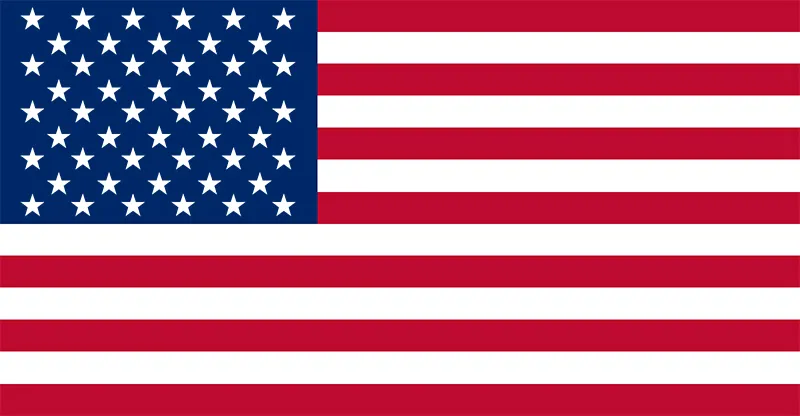Best Online Learning Platform of 2020s

E-Learning: Types, Benefits, and Key Features for an Effective Learning App
In the current rapid business landscape, identifying the ideal online learning platform is crucial for companies looking to improve employee training and development. At TechBuddies IT, we provide cutting-edge e-learning options that address the limitations of conventional in-person training approaches.
What are the different types of E-learning?
E-learning is flexible and adaptable, offering various methods to meet different learning styles and organizational goals. Some common types of e-learning include:
- Blended Learning: A combination of traditional face-to-face training with online learning modules. It allows employees to take advantage of both methods, ensuring a more well-rounded learning experience.
- Rapid E-Learning: A quicker and more flexible approach to developing e-learning materials, often utilizing templates, existing content, and authoring tools to create modules in a shorter amount of time.
- Scenario-Based Learning: Interactive exercises that simulate real-world situations, allowing employees to make decisions and see the consequences of their actions in a virtual environment.
- Educational Games and Tutorials: Gamified learning and step-by-step tutorials help engage users and make the learning process more enjoyable.
Benefits of E-Learning
E-learning has revolutionized the way organizations deliver training and learning content. Some key benefits include:
- Cost-Effective: E-learning eliminates the need for physical classrooms, travel expenses, and printed materials, significantly reducing overall training costs.
- Flexible and Convenient: Learners can access content from anywhere, anytime, using their preferred devices, allowing them to learn at their own pace.
- Engaging Learning Experience: Interactive elements like quizzes, multimedia content, and scenario-based exercises help keep employees engaged and motivated.
- Real-Time Updates and Webinars: E-learning platforms allow real-time access to expert-led webinars and updates, ensuring employees stay current with the latest industry trends and research.
- Data-Driven Insights: E-learning software can track student participation, content usage, and performance, providing valuable data for monitoring progress and improving learning outcomes.
- Integration with Other Platforms: E-learning systems can integrate with existing platforms, websites, and Learning Management Systems (LMS) to streamline operations and enhance accessibility.
Key Features for a Successful E-Learning App
To create a competitive edge in the crowded e-learning market, an app should include advanced features that set it apart from others. Here are some essential features to consider integrating:
Audio and Video Streaming: Streaming functionality is essential for delivering live classes, webinars, or on-demand video content, enabling learners to engage with interactive and dynamic lessons.
Leaderboards: Gamification elements like leaderboards can motivate learners by showing them their progress and encouraging friendly competition.
Quizzes and Assessments: Regular quizzes and assessments can help track learner performance, identify areas for improvement, and provide instant feedback.
Document Sharing: The ability to upload and share documents, PDFs, presentations, and other learning materials ensures that users can easily access and review content whenever needed.
Discussion Forums: Discussion forums allow learners to engage with each other, share ideas, and ask questions, fostering a sense of community and peer learning.
E-Commerce Integration: Integrating e-commerce functionality allows learners to purchase courses, lessons, videos, and books directly through the app, providing a seamless learning experience.








